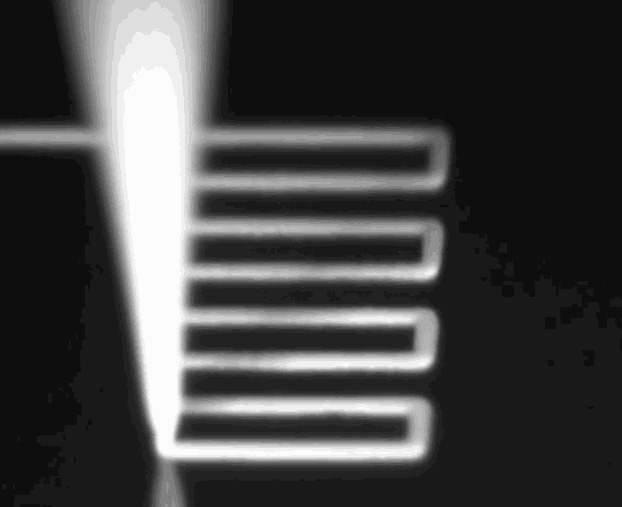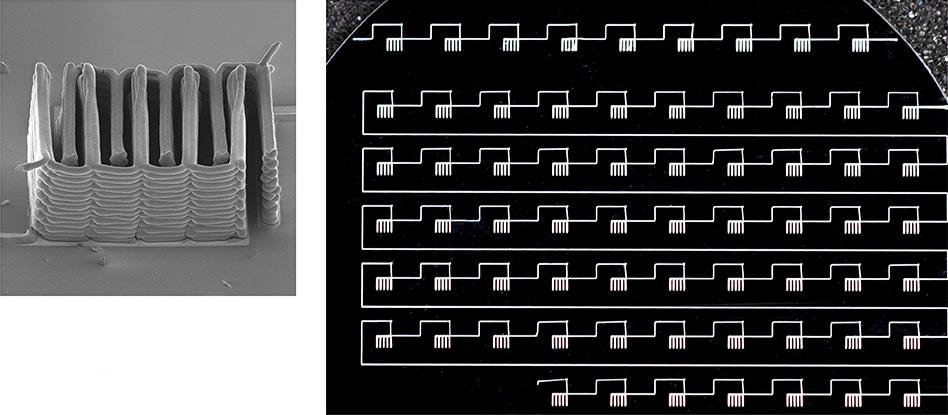New 3D Printing Ink And Tools Usher In Printed Lithium-Ion Batteries
3D printing has been used for all sorts of research projects over the years to make things like prototype parts and more. Scientists from Harvard have now devised a new ink and tools that allow them to 3D print lithium-ion battery components. The same process can also be used to print other electronic components using 3D printing.
The scientists say that the tech is still at a very early stage, but the ability to 3D print batteries and electronics could make it possible for manufacturers to build new kinds of devices. One potential use seen for the new technology is to be able to 3D print electronics and batteries together for a more compact device and seamless device. That would be beneficial for producing hearing aids and other small devices.
The 3D printing process has been used already to create battery anodes using nanoparticles of lithium titanium oxide, deionoized water, and ethylene glycol. Ceramic beads are added to help grind the clumped particles in the mix apart. Those are later filtered out of the solution after it has spun for 24 hours to mix. The mixture is injected out of custom-made syringe nozzles with openings as small as one micrometer wide for precise pattern control.

The ink that is created using the spinning process is a solid when left alone. However, it flows when placed under high pressure. Once it is squeezed out of the syringe it becomes a solid again. The ink is layered by the 3D printer to form the cathode. This printing process is able to function at room temperature making it possible to print on plastics without damaging them. The process could be used to create simple components like electrodes, wires, and antennas according to scientist Jennifer Lewis.
The batteries that Lewis and her team has produced using this technique have been as small as one millimeter square, but have been able to perform as well as commercial batteries. Lewis and her group currently hold eight patents for inks and the group is working on licensing and commercializing the tech.
SOURCE: Technology Review




